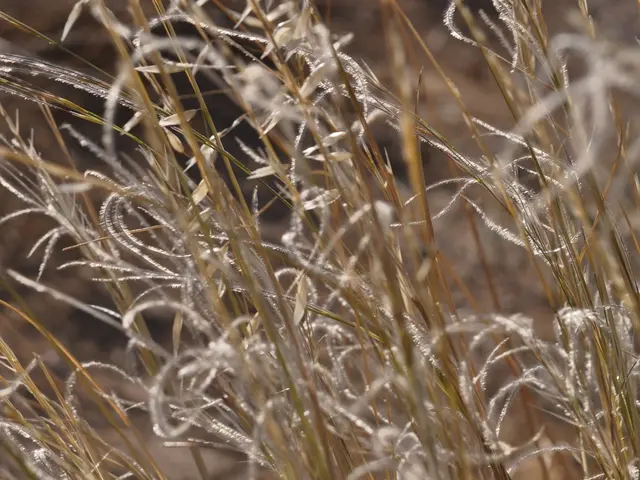Digging Up the Potatoes: A Family Affair and a Neighborhood Pest
Cultivating Homegrown Potatoes Orgainically
Let's talk about the epic garden session my family recently had. My green-fingered mother, sister, and brother-in-law are the masters when it comes to producing organic produce like potatoes.
Two weekends ago, it was time to dig up the potatoes in our sprawling backyard homestead garden. My mom's a seed-saver, so she keeps seeds from the produce she's grown (mostly heirloom and all organic) to plant the following season.
In this particular garden, the potatoes in these rows are from just a handful of russet, white, and red potatoes she kept and planted. You can use machines to unearth the potatoes, but my mom goes old-school. She tends to pull them out by hand or pitchfork.
Josie, my urban farmer sister who visited from Brooklyn, was there for the digging fun. She was sifting through the odd-looking potatoes, checking for issues.
Some had a greenish hue due to light exposure, making them toxic and not suitable for consumption. Others had bite marks, a sign of some unwanted critter living underground. Voles, little mouse-like rodents, are the usual suspects. They dine on plants and burrow underground.
Don't worry – those chewed potatoes didn't go to waste. Scraps were composted or fed to the chickens, our enthusiastic garbage disposals. Convenient, right?
Believe it or not, a handful of potatoes turned into a bounty of over 100 pounds when we unearthed the whole crop!
I love sustainability and watching the fruits (or veggies) of our labor.
Now, let me tell you a bit more about those pesky voles. They are small rodents with stouter bodies, ranging from 3 to 9 inches in length. These terrestrial critters live in underground burrows and tunnels and can be found in various habitats like meadows, forests, and near water sources. They feed on a variety of plants, including roots and tubers like our potatoes.
Farmers like us need to keep their populations in check to maintain healthy potato crops and prevent economic losses. If you're dealing with voles in your garden, think about using trap cropping, repellents, or physical barriers to protect your precious produce. Happy gardening!
In our backyard homestead garden, where we grow organically produced potatoes, my mother, a seed-saver, plants various heirloom potatoes. After digging up the crop, we discovered that some potatoes were not suitable for consumption due to damage from voles, small rodents that are common pests in home-and-garden environments, particularly those found in vegetable gardens like ours.







